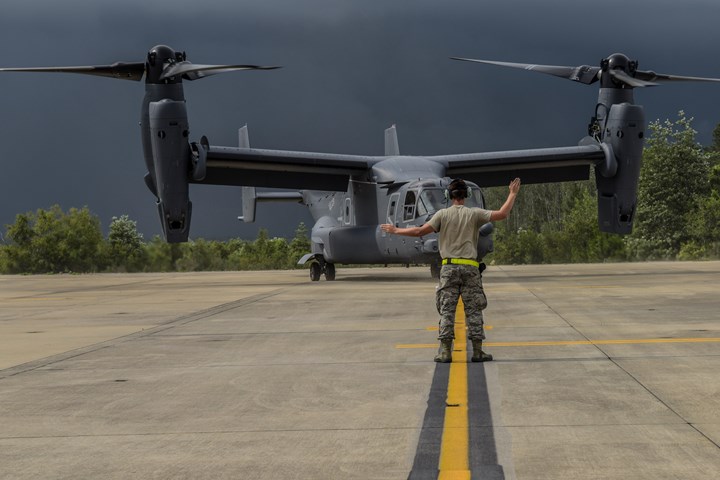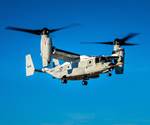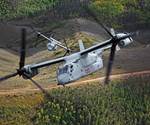Bell Boeing delivers 400th V-22 Osprey tiltrotor aircraft
The composites-intensive plane, since it entered service in 2007, has logged more than 500,000 flight hours.

The Bell Boeing V-22 Osprey program marks a production milestone with a CV-22 delivery to U.S. Air Force Special Operations Command. Source | U.S. Air Force
Reported on June 10, Boeing (Chicago, Ill., U.S.) and Bell Textron Inc. (Forth Worth, Texas, U.S.) — comprising the Bell Boeing V-22 team — recently delivered its 400th V-22 Osprey tiltrotor aircraft, a CV-22 for U.S. Air Force Special Operations Command. Beginning with its first production V-22 delivered on May 24, 1999, distribution now occurs under the multi-year procurement (MYP) III contract valued at $5 billion, which runs through 2024 and includes variants for the U.S. Marines, U.S. Air Force, and U.S. Navy, as well as the first international customer, Japan.
The composites-intensive V-22 takes off, hovers and lands like a helicopter, yet flies long distances like a turboprop aircraft. The CV-22 variant performs special operations missions that conventional aircraft can’t, including infiltration, extraction and resupply. The U.S. Marine Corps variant, the MV-22B, provides safe transportation of personnel, supplies and equipment for combat assault, assault support and fleet logistics. The U.S. Navy variant, the CMV-22B, is the replacement for the C-2A Greyhound for the carrier onboard delivery mission.
“I want to thank everyone who has made the V-22 successful,” says Shane Openshaw, vice president of Tiltrotor Programs and deputy director of the Bell Boeing team. “We’re focused on building and supporting these aircraft so our customers can complete their air, land and sea missions worldwide.”
The V-22 has been deployed in a variety of combat, special operations and humanitarian roles since becoming operational in 2007. Having accumulated more than 500,000 flight hours, the V-22 is said to be safe, survivable and combat-proven. Bell Boeing’s post-delivery support includes maintenance, modifications, supply chain expertise, data analysis and more than 160 field operations employees embedded at customer locations.
Related Content
-
Industrializing additive manufacturing in the defense/aerospace sector
GA-ASI demonstrates a path forward for the use of additive technologies for composite tooling, flight-qualified parts.
-
Milliken & Co. partners with MMI Textiles to offer Tegris thermoplastic
The commercial market partnership enables easier access to the Tegris thermoplastic composite fabric for defense customers in the quantities that they require.
-
LifePort acquires Aeromatrix Composites advanced materials line
The aircraft manufacturer solidifies its capability to provide next-generation advanced materials solutions to aerospace and defense customers.













